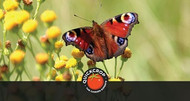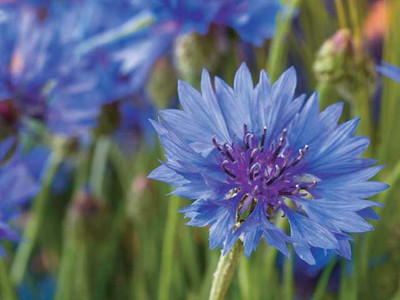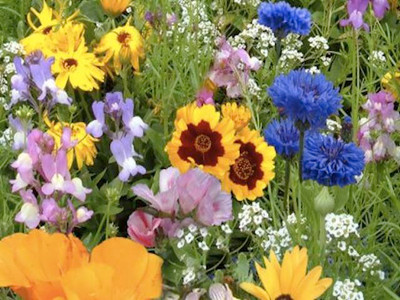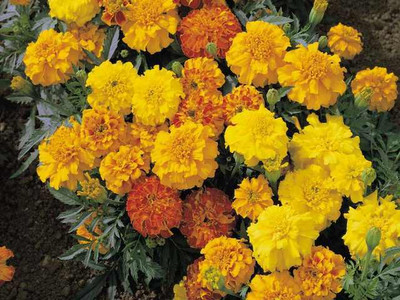How To Create a Butterfly Garden
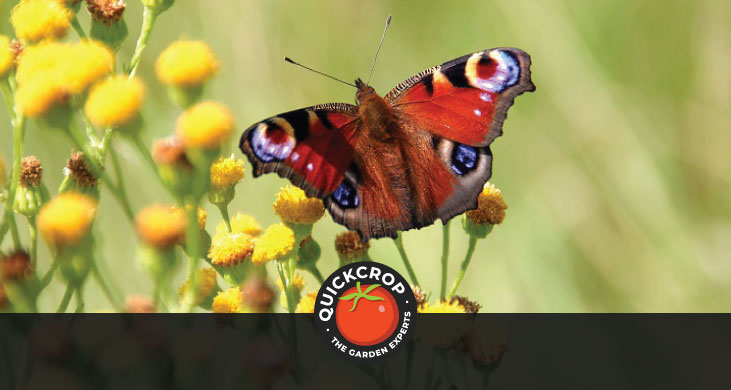
Butterflies are one of the most charismatic of all garden visitors, with their vividly coloured wings and elegant flight arcs. Species like Red Admiral, Peacock and Small Tortoiseshell are commonly found in UK gardens. These beneficial pollinators can migrate and travel surprisingly long distances. Unfortunately butterfly populations continue to decline as a result of habitat loss, pesticide usage, invasive non-native planting, biodiversity loss and well, just general human destructiveness. The more butterflies you can see in your garden, the more likely that you have a healthy garden ecosystem in place. What can we do to make our gardens more welcoming to these beneficial and beautiful species?
Related Article: How to Attract Beneficial Insects to Your Garden
In the UK, the prevailing advice from organisations like the RHS is to grow nectar-rich plants to attract butterflies. Having said that, beware of varieties like Buddleja (or ‘Butterfly Bush’) which - although good for butterflies in the short-term - can spread invasively.
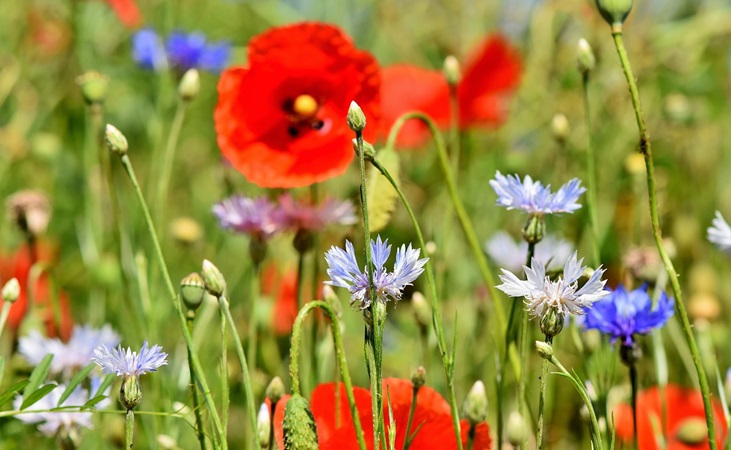
Wildflowers
Preserving natural wildflower habitats is one of the most important things we can do for butterflies. Resist the temptation to mow your lawn, especially during the months April to July. This is the kind of thing that might require a shift of mentality, as it’s become an ingrained habit for people to reach for their lawnmower as soon as the sun comes out. But leaving grass to grow allows native wildflowers to establish themselves, which in turn provide nectar and pollen or serve as host plants for larvae.
Once you let your lawn grow naturally (and observe), you should also get a sense of which wildflowers grow locally. From there you can research and plant complementary varieties, or set up dedicated wildflower areas in your garden. Carefully-selected wildflower seed mixes are available, some of which are specially designed for butterflies and bees.

Wild Flower Mix - Butterfly & Bee Mix
View ProductButterfly Garden Placement
The best place to set aside for a butterfly garden - or a butterfly-friendly section of your garden - is a sheltered position with full sun. Items such as logs, large rocks and so on will provide a space for them to bask. Basking is where butterflies perch and open up their wings to absorb energy from the sun; this increases their energy levels and warms their wing muscles so that they can take flight.
Species
Look up what butterfly species are native to your country or area. The Butterfly Conservation website provides an A-Z of UK butterflies as well as info for gardeners.
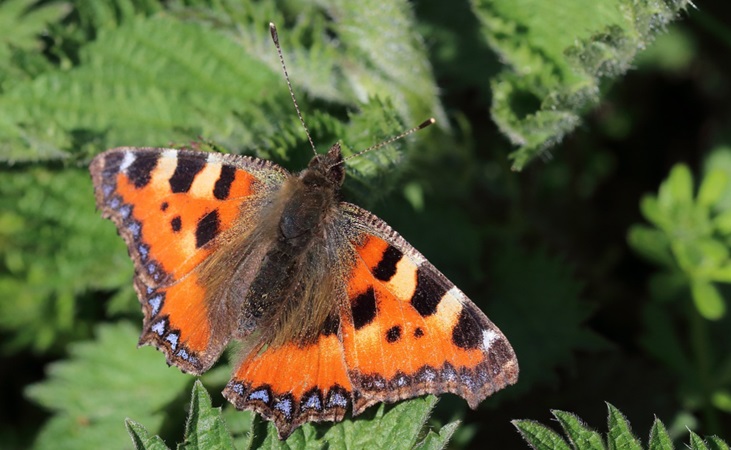
Butterfly-friendly Plants
Butterflies are attracted to plants that produce nectar, as this is their main energy source. They ‘imbibe’ this nectar using a thin tube-like appendage called a proboscis.
Lavender: With its vibrant purple flowerheads, lavender is a very popular nectar source for butterflies as well as other pollinators like bees. It grows well in containers or on balconies as well as along borders in the garden, and will add an enticing aroma to whichever space it’s in.
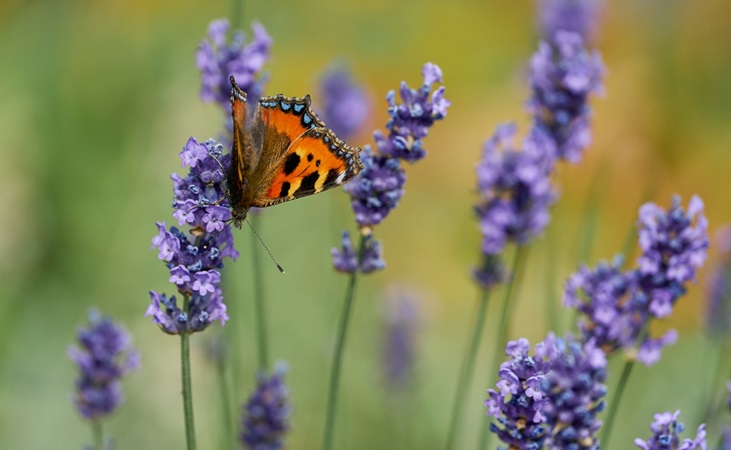
Verbena bonariensis: Also known as purpletop verbena, the open flowers of this plant are rich in nectar and bloom from late summer until fall. The stems can grow up to a meter in height, which can lend visual impact to your garden as well as perching points for the butterflies themselves.
Primrose: This early spring perennial with its clusters of delicate flowers will provide nectar for early butterflies such as the beautiful Brimstone.

Wild Flower Mix Cottage Garden Mix
View ProductScabiosa: Scabiosa is a meadow flower that can come in a range of colours; it’s a common term for a range of species with different characteristics. They’re pretty much all attractive to pollinators, but you can’t go wrong with a name like ‘Scabiosa Butterfly Blue’, can you?
Cornflower: Considered ‘naturalised’ in the UK, cornflower is well-renowned for its appeal to pollinators and is often included in wildflower seed packs. Once the vivid blue flowers have bloomed, it will keep going into the later months of the year.
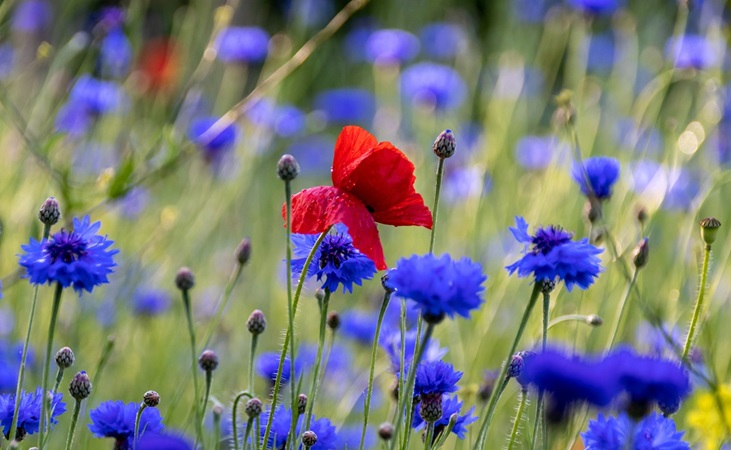
Ivy: Ivy blooms later in the year, from September to October. As such it is a vital source of nectar as butterflies prepare for overwintering or migration (and when most other nectar sources have gone to seed). Dense ivy thickets also provide a space for butterflies to roost or shelter.
Others: Brambles, Bluebell, Forget-Me-Not, French Marigold, Knapweed, Red Valerian.
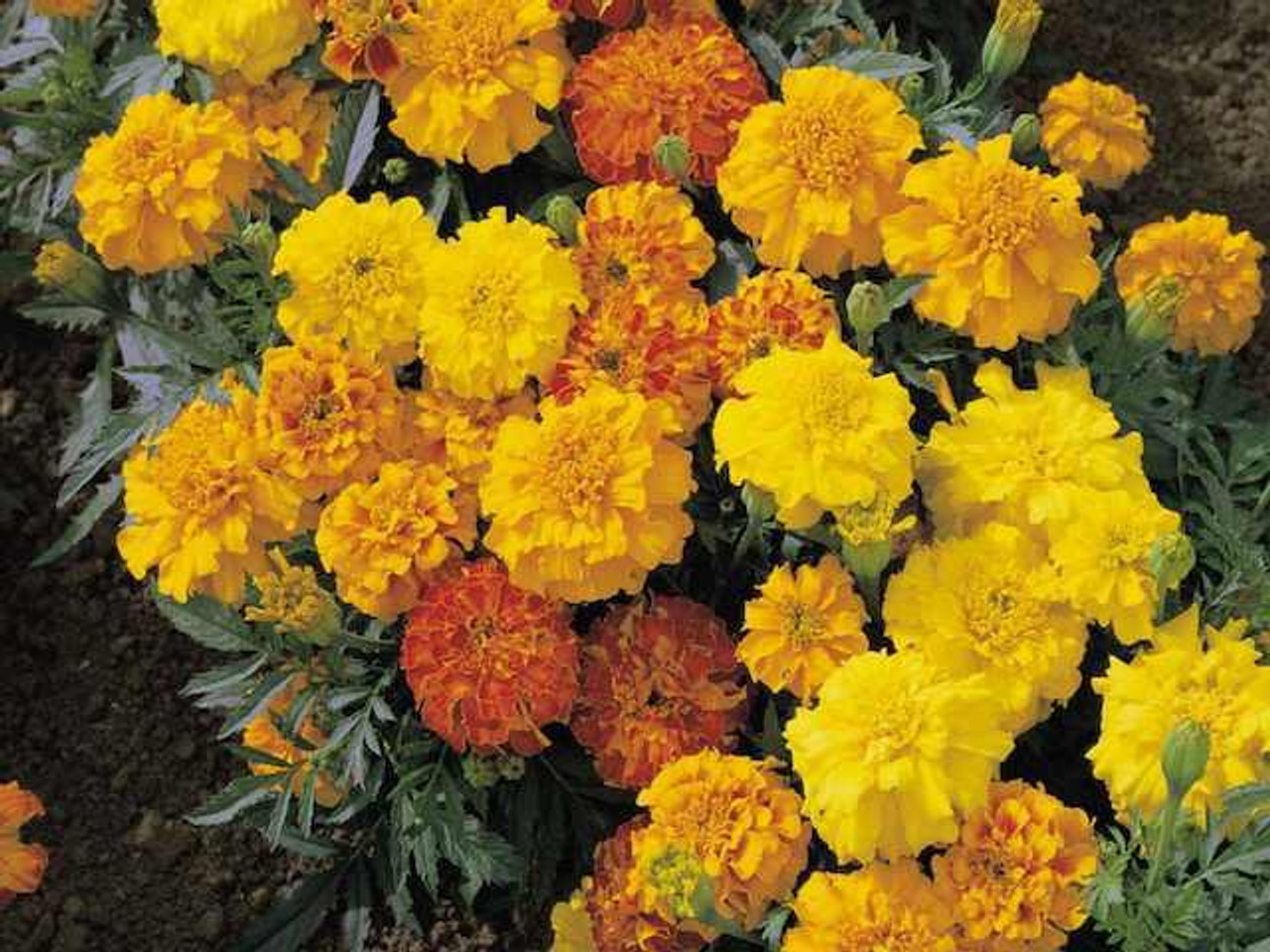
Companion Plants - Marigold 'Hero'
View ProductLarval Food Plants
These are plants that butterflies lay their eggs on so that the larvae can use them as a food source. When it comes to ‘host plants’, as they are also known, butterflies are very selective. In most cases, caterpillars will only feed on native plants. Specialised relationships build up over time, which is one of the reasons why it’s so important we preserve our native wildflower species.
Common Nettle: This is a favoured host plant for butterfly species such as the Small Tortoiseshell and the Red Admiral butterfly.
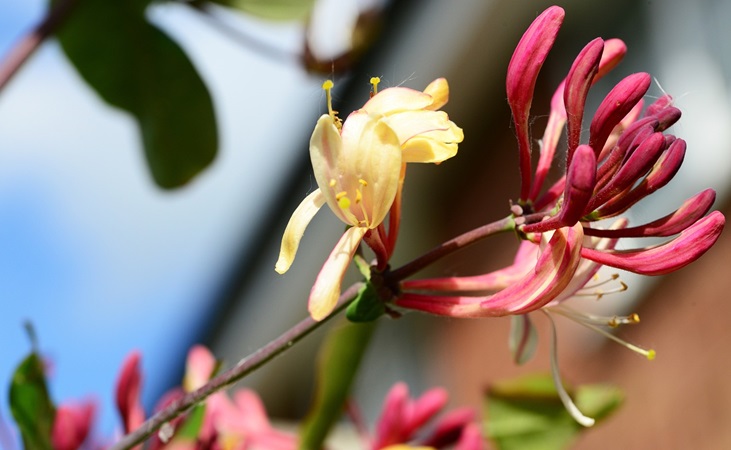
Honeysuckle: Species such as the White Admiral butterfly (which has shown a dramatic decline over the last couple of decades) rely on this fragrant plant. It is often seen growing in woods or along hedgerows. Honeysuckle flowers can also be used for herbal remedies.
Birdsfoot Trefoil: a member of the legume family, Birdsfoot trefoil serves as a host plant for a range of butterfly species, including the Common Blue, the Cryptic Wood White and the increasingly rare Dingy Skipper.
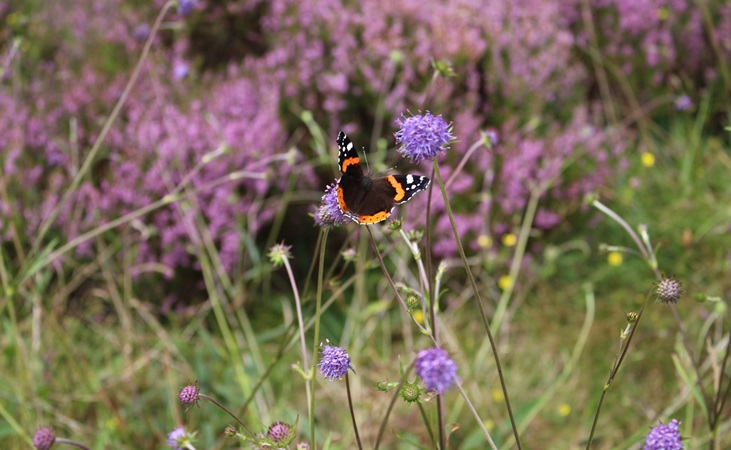
Devil's-bit Scabious: This perennial is the larval food plant for the declining Marsh Fritillary butterfly. The lilac-blue flower heads can often be seen growing along marshlands and riverbanks.
Clovers: Both wild and cultivated clover plants serve as a host plant for the Clouded Yellow Butterfly, a migrating species which often visits the UK from southern Europe or Africa.

Green Manure Clover Mix CM01
View ProductFurther Tips for a Butterfly-Friendly Garden
- Leaving unkempt areas in your garden or outdoors will provide shelter for certain overwintering butterfly species.
- Leave a ‘puddling bowl’ or a puddling station out: this should be a shallow bowl, about 2-3 inches deep. Soil or sand is placed in the container and then moistened with some water. It’s especially beneficial for butterflies in very dry, drought-like conditions, as it replicates the mineral-rich muddy soil areas they avail of in nature.
- Avoid the use of chemical pest control, which can be harmful to butterflies and other pollinators.
- We will inevitably need to weed at times, but try to let weeds grow in areas where they’re not interfering with your plants.
- Some butterfly species will avail themselves of over-ripe fruit in autumn.
